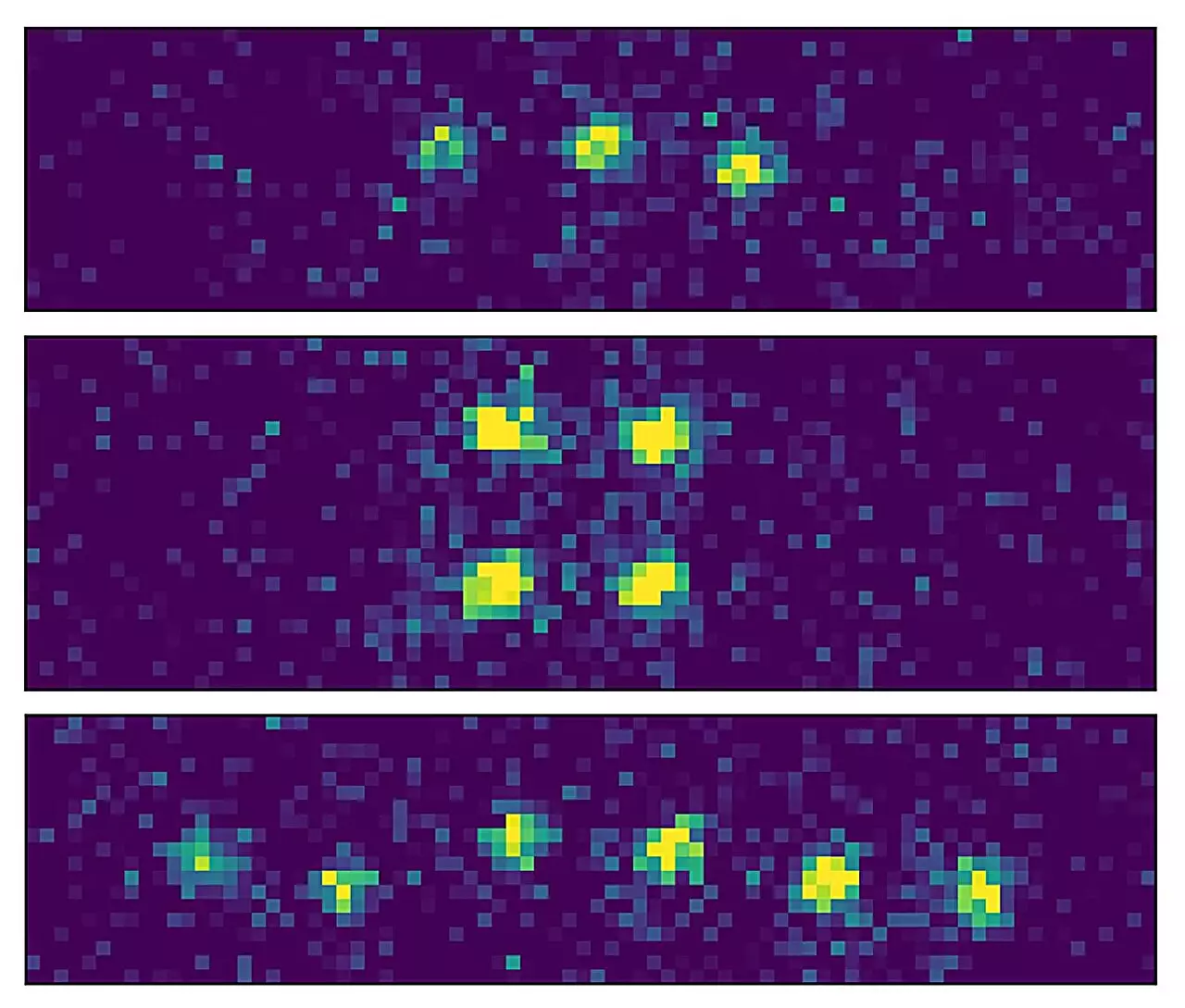Entanglement stands as a cornerstone of quantum information science, often described by Albert Einstein’s term “spooky action at a distance.” This enigmatic phenomenon is not merely an intellectual curiosity; it serves as the backbone for quantum computing and holds the promise of revolutionizing communication through a future quantum network. As researchers navigate the complexities of quantum mechanics, one of the most significant challenges remains: how to efficiently entangle stationary quantum bits, or qubits, with photons that act as flying qubits. This critical interplay is vital for establishing rapid communication channels in quantum technologies, and recent breakthroughs are paving the way for unprecedented advancements.
Groundbreaking Achievements in Garching
Led by Gerhard Rempe of the Max Planck Institute of Quantum Optics in Garching, Germany, a team of scientists recently achieved just that, demonstrating an efficient method to entangle stationary atoms with photons using innovative techniques. Their experiment, which garnered attention in the journal *Science*, introduced a paradigm shift in how we can manipulate and harness quantum systems. At the heart of their methodology is a setup where atoms are tightly confined between two nearly perfect mirrors, facilitating a grounded relationship with traveling photons.
Using optical tweezers—advanced tools that allow precise manipulation of individual atoms—the team successfully entangled these qubits with flying photons almost flawlessly. The work elucidates the intricate balance between stationary and moving qubits, which is essential as we work toward a robust quantum internet capable of operating over extensive distances.
How the Experiment Works
The crux of the experiment involves an optical resonator that enhances the interaction between the trapped atoms and the photons. By creating an environment where photons bounce repeatedly between the mirrors—up to 20,000 times, akin to a ping-pong ball in action—the researchers ensured that these photons could be engaged efficiently. The design also featured a slight transparency difference between the mirrors, guiding photons in predetermined directions without loss—a crucial step for enabling integration into optical fibers.
The experiment’s elegance lies in its simplicity; by leveraging the established principles of entanglement, the team ensured that the qubit could be manipulated with laser pulses, resulting in a robust entangled state as the photon traversed distance—an achievement that positions Garching at the forefront of quantum technology.
The Complexities of Multiplexing in Quantum Systems
Despite the impressive results, transmitting quantum information over long distances presents unique complications. Multiple channels need to be exploited to ensure that information is not lost along its journey. This is where multiplexing—a technique borrowed from classical communication systems—comes into play. By sending signals over several parallel channels, researchers enhance the likelihood of successful transmission.
Translating this technique into the realm of quantum information presents substantial challenges. Nevertheless, the ingenuity of Rempe’s team lies in their ability to manage multiple atoms within a single resonator to support efficient entanglement, ensuring that information remains intact as it travels, paving the way for the creation of distributed quantum computers.
The Road Ahead: A Future Defined by Quantum Networks
The potential applications stemming from this research could reshape our digital landscape. As quantum networks become more sophisticated, they could enable highly secure communication systems and advanced computational capacities beyond what classical computers can achieve. One tantalizing prospect is the development of distributed quantum computers—systems that consolidate multiple processing units via optical fibers, potentially yielding a computation powerhouse far exceeding traditional models.
This ambitious vision is not merely a dream; ongoing experiments in Garching hint at a scalable solution. The team has theorized that they could control up to 200 atoms in such a resonator, amplifying their capacity to manage and distribute quantum information dynamically. Each resonator operating in tandem could revolutionize how we understand computing and communication, emphasizing the enduring relevance of collaboration in scientific endeavors.
As researchers like those in Garching continue to chip away at the complexities of quantum mechanics, the collective push for understanding and implementing quantum technologies glimmers with possibility. With the ability to entangle qubits efficiently and distribute quantum information seamlessly, we stand on the precipice of a scientific renaissance driven by quantum mechanics. The future may very well belong to those who harness these insights today, unlocking the mysteries of the quantum world to affect change tomorrow.

